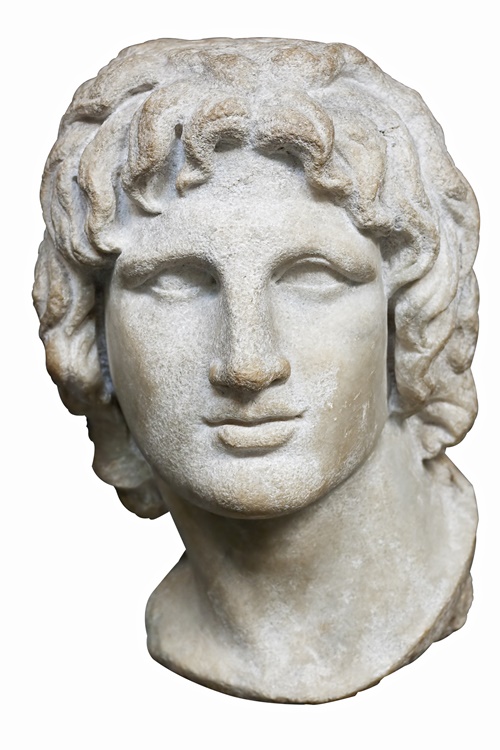
Alexander the Great stands as one of the more formidable figures in ancient history. By the time he was 30, he controlled one of the largest empires on Earth. During his reign, he never lost a battle. He was responsible for founding more than 20 cities, including Alexandria, and spreading aspects of Greek culture throughout his vast realms. The recent Netflix docudrama, Alexander: The Making of a God, depicts the Macedonian ruler’s life from the time of his father’s death to his conquering of Persia, but it skips the fascinating story of his formative years in Northern Greece. To learn about Macedonia and how Alexander spent his early years, you need only drive less than an hour from Thessaloniki, the country’s second-largest city.
Pella
Alexander the Great was born in Pella in 356 B.C.E., the son of Philip II and one of his seven wives, Olympias. From Pella, Philip ruled not only Macedonia but also the Greek city-states to the south, and he had his eyes on expanding into Persia. The palace, where his firstborn son and heir grew up, was a testament to his influence and wealth.
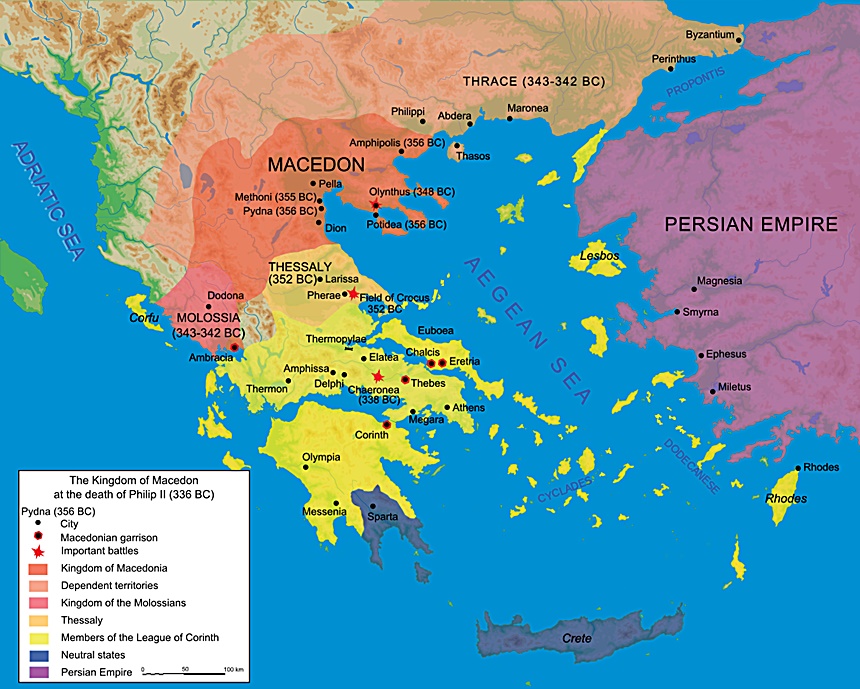
You can visit the palace’s ruins on the outskirts of modern Pella. Originally, it consisted of seven huge buildings, inner courts, corridors, and galleries, but today, only the stone footings remain along with a few columns and mosaics. It may not sound like much, but considering it spans 70 acres, it’s impressive.
Nearby, the ancient city of Pella lies in similar ruins. Alexander may not have ventured very often into the city itself, but it was the epicenter of his kingdom. You can see the public baths, pottery kilns, and shops in the agora. Additionally, the footprints of several homes remain, including the House of Dionysus, known for its mosaics.
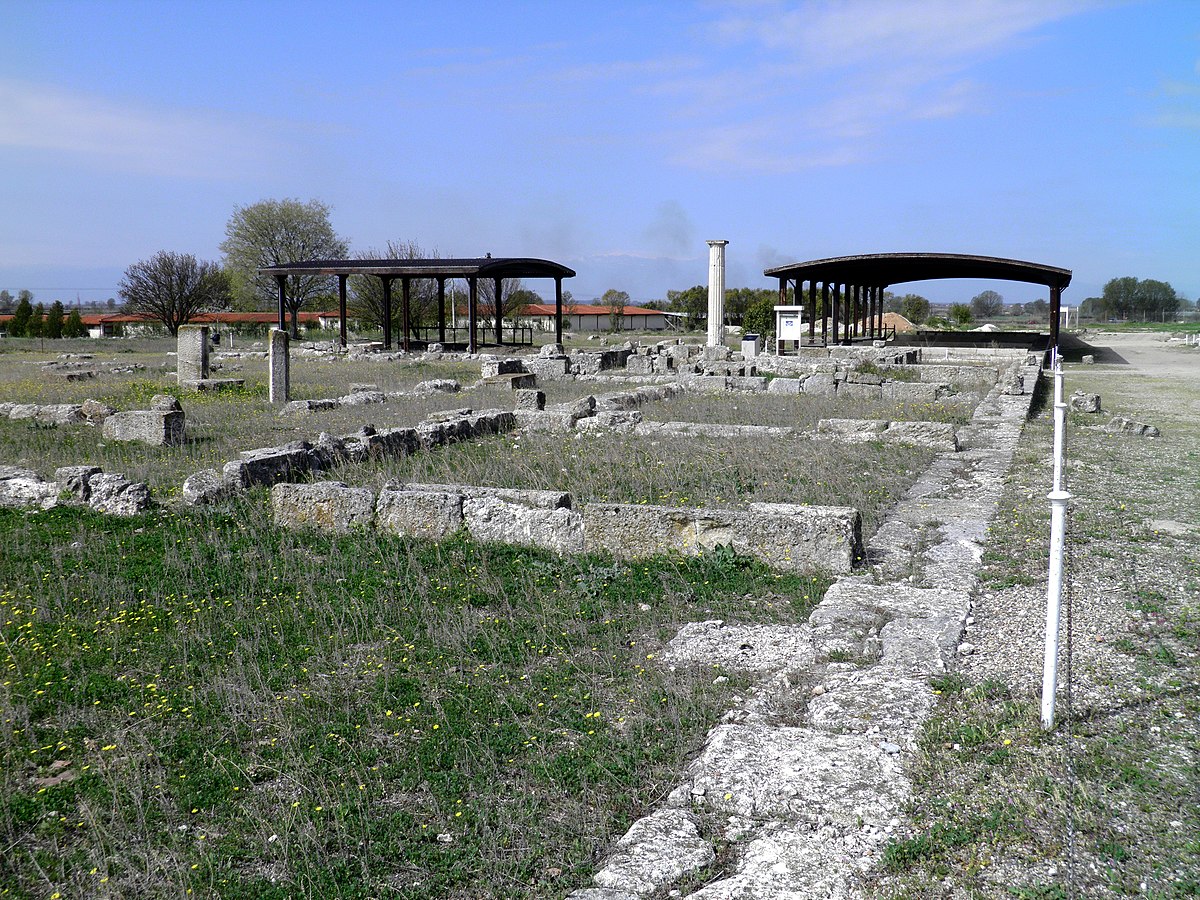
Between the palace and the ancient city, the Archaeological Museum of Pella houses many of the artifacts found at these sites, including coins, jewelry, tools, and weaponry. You can learn about Alexander on a visit there and what life in Pella would have been like during that time.
Beyond Pella
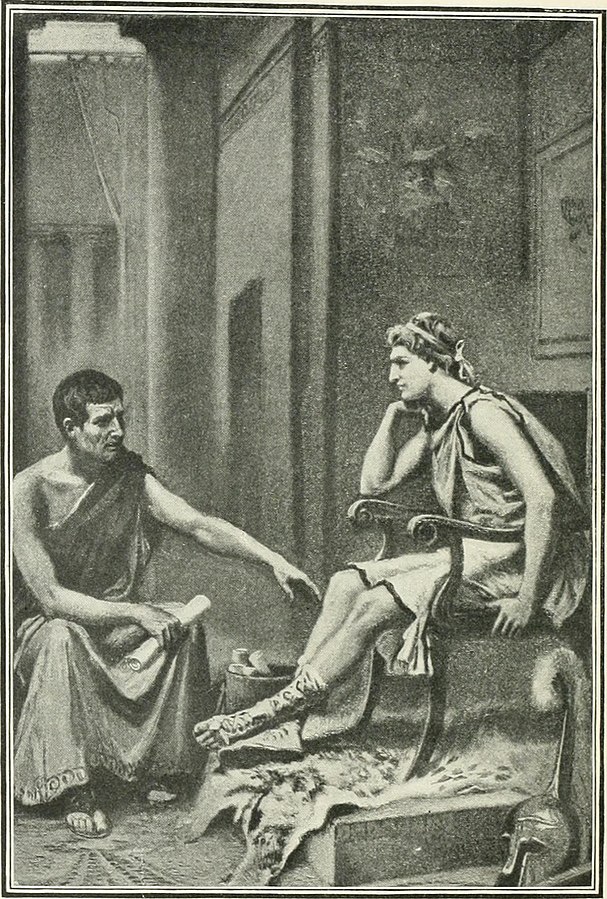
From his earliest days, tutors taught Alexander a mix of academics and athletic skills that he would need to go into battle, but Philip wanted more for his son and his kingdom. In 343 B.C.E., when Alexander was 13, Philip hired Aristotle to further his son’s education. The great philosopher agreed but requested instruction take place away from the palace.
You can see the school where Aristotle taught Alexander about 27 miles south of the palace at the Nymphaeum of Mieza. There, Alexander would have learned rhetoric, philosophy, natural sciences, and medicine along with the sons of other high-ranking Macedonians.
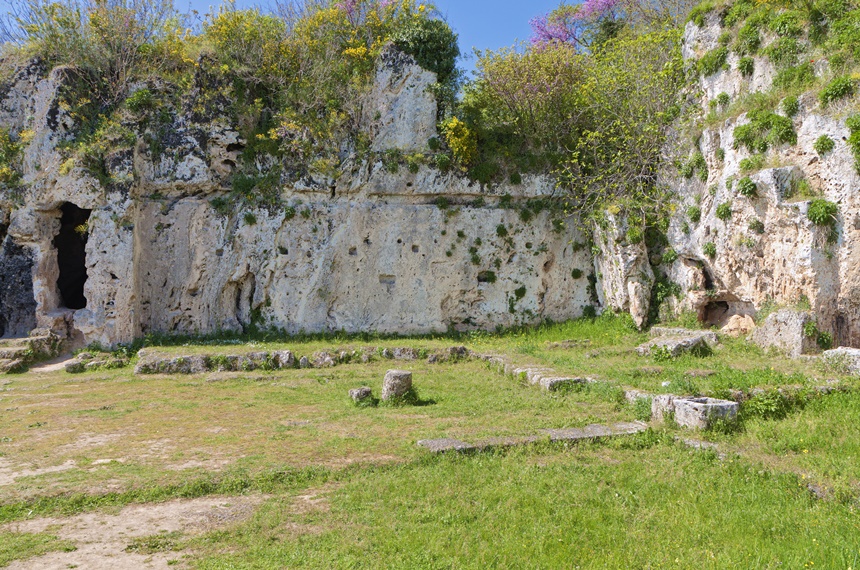
According to philosopher and historian Plutarch, Philip and Alexander had a falling out when the king divorced Alexander’s mother to marry a much younger woman. The new queen’s uncle implied that a son from this union could replace Alexander as the rightful heir, angering the teen so much he threw a cup at the man’s head. Philip and Alexander exchanged heated words, and the future king went into self-imposed exile with his mother.
Aigai
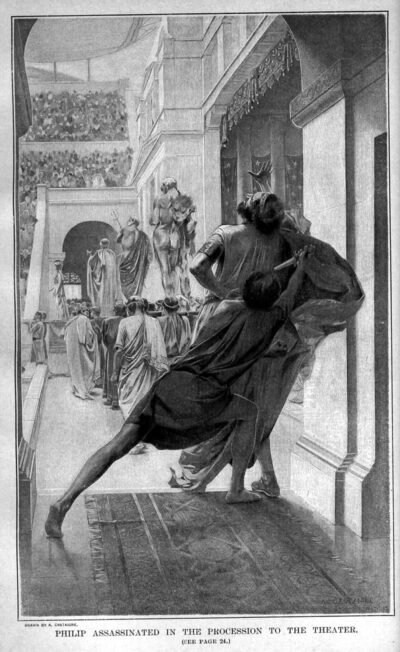
As the Netflix show suggests, father and son reconciled in Aigai, the former capital of Macedonia, when Alexander attended the wedding of his aunt. However, it wasn’t the festive event it should have been. During the wedding, a disgruntled bodyguard fatally stabbed Philip, paving the way for Alexander, just 20 years old at the time, to take the throne.
The Palace of Aigai opened to the public in January 2024. Three times larger than the Parthenon in area, it’s not only the site of Philip’s murder but also where Alexander was crowned king after his father’s death. It’s here that Alexander would have set his mind on conquering Persia and, eventually, the world.
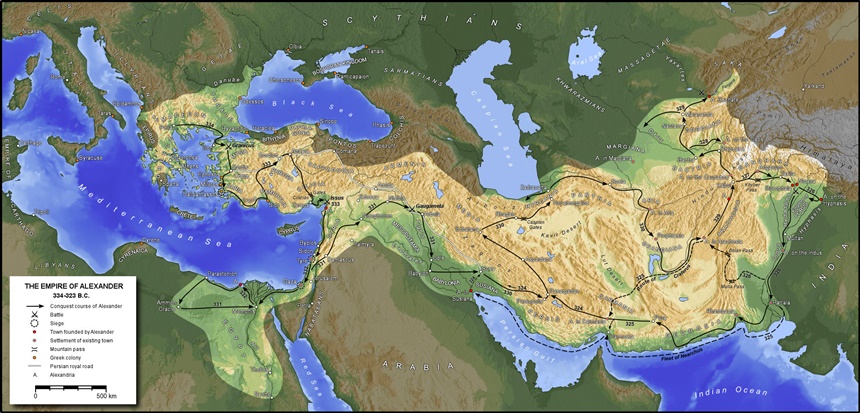
A few minutes away, you can pay your final respects to Philip at the Museum of the Royal Tombs at Aigai. The museum houses a burial cluster of four tombs, including that of Philip II and Alexander II, the teenage son of Alexander the Great. Additionally, the museum exhibits armor, jewelry, and frescos, but the highlight is Philip’s gold larnax containing his ashes and a gold oak crown with 313 leaves and 68 acorns.
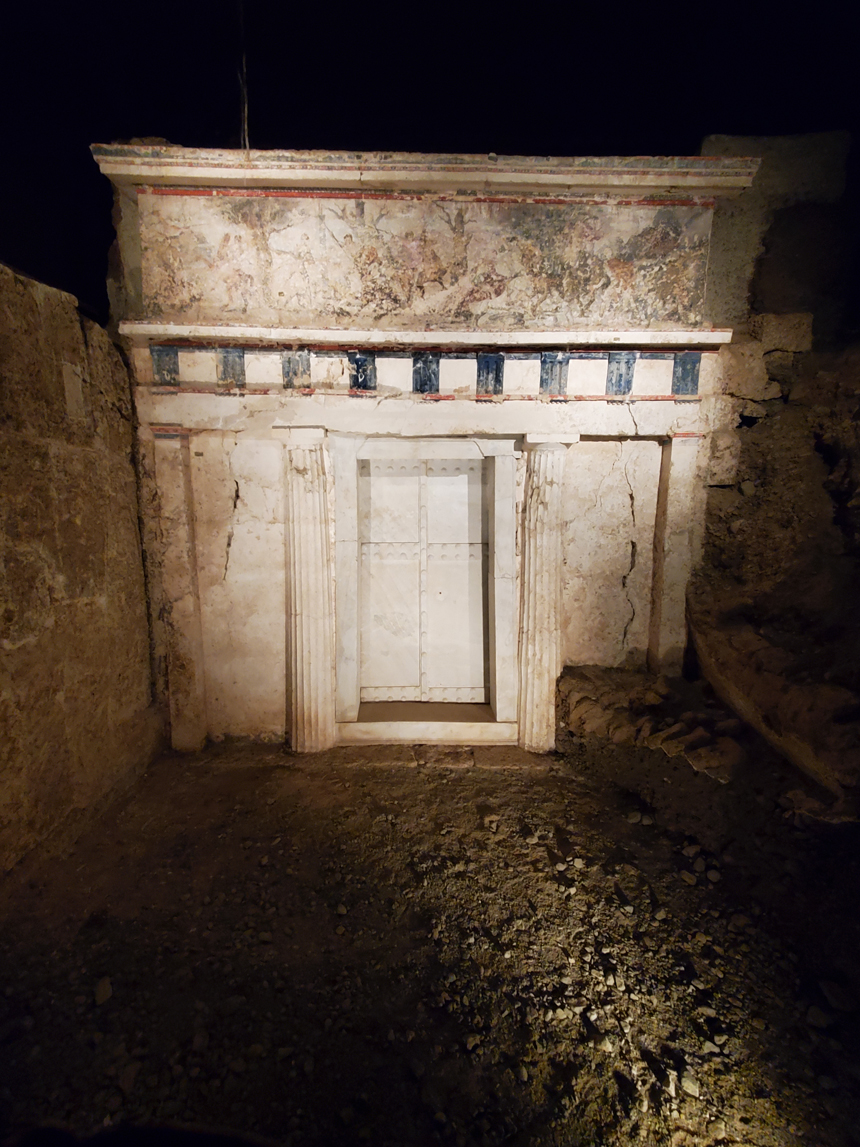
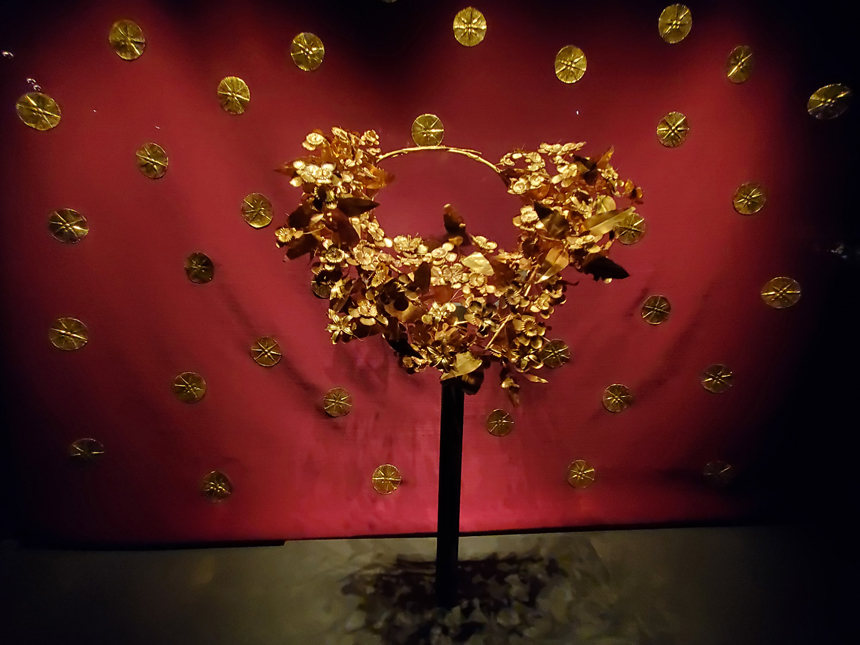
On the northern outskirts of Aigai, the recently opened Polycentric Museum of Aigai offers a good overview of Macedonian culture through exhibited coins, pottery, nails, and similar everyday items. Articles of clothing such as headdresses and belts displayed as they would have been worn on the body show how the Macedonians would have dressed, while the atrium showcases a restored portion of the palace’s façade.
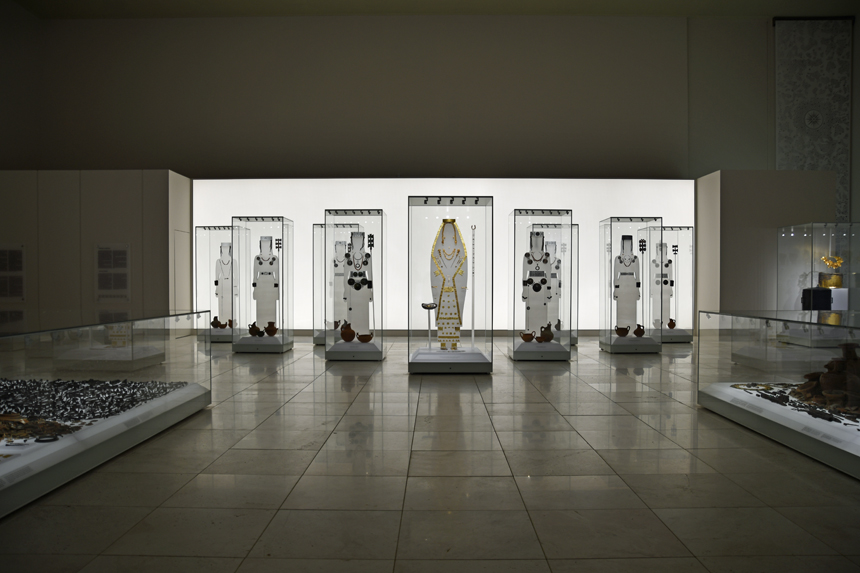
This façade could have been one of the last things Alexander saw of the palace before heading towards Persia and earning “the Great” that accompanies his name in history books.
Become a Saturday Evening Post member and enjoy unlimited access. Subscribe now
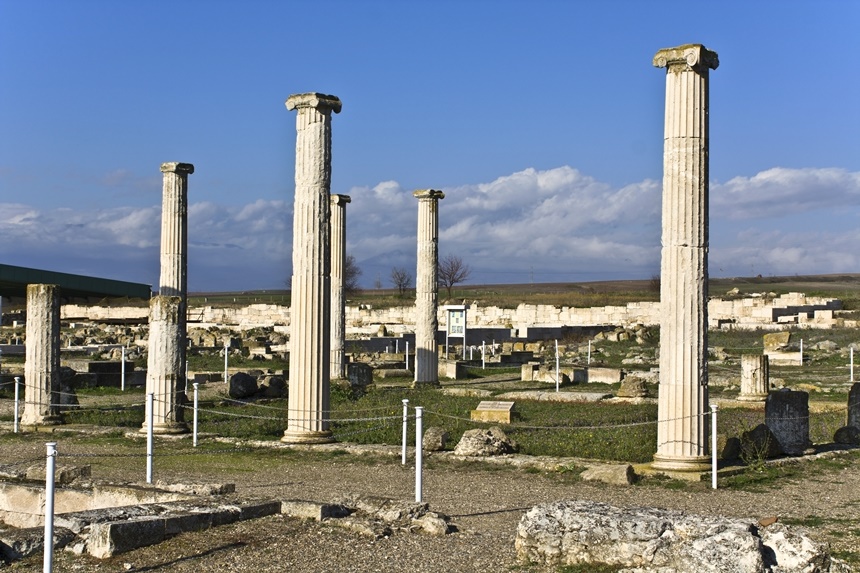

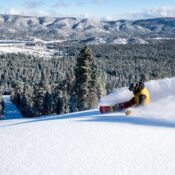
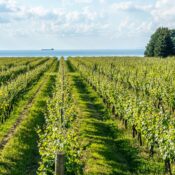
Comments
I’ve never heard of these places, but they seem really interesting. Next time I’m in Thessaloniki I’ll try to visit.
Thank you Ms. Bitler for this fascinating look at Alexander’s younger/formative years in Northern Greece. It complements the Netflix docudrama (which I’ve still yet to see) very well. I took a class in Greek and Roman antiquity in high school, and have had a greater interest and appreciation for both ever since.
It looks like you were recently over there yourself to write about it firsthand, with some amazing photos to accompany. I’d love to see the Palace of Aigai, the Museum of the Royal Tombs at Aigai, and the Polycentric Museum of Aigai. There’s a lot to learn and take in. I’d like to go off-season and not on a Boeing plane if possible, over or back.